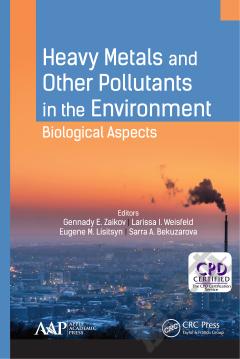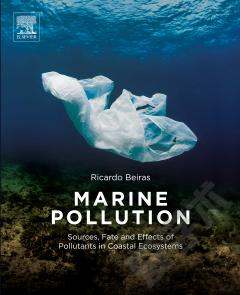Assessment of Heavy Metal Contamination in the Marine Environment of the Arabian Gulf
The Arabian Gulf is characterized by physical, chemical and biological uniqueness. It is considered the hottest water body in the world. Marine organisms and ecosystems in the Arabian Gulf are unique as they thrive despite extreme environmental conditions such as marked fluctuations in sea temperatures and elevated levels of salinity. Heavy metals are serious threats to ecosystems and human health due to their toxicity, persistence and bioaccumulation characteristics. Coasts of the Arabian Gulf are witnessing rapid industrialization and urbanization that contribute to heavy metal loads in the coastal and marine habitats. Continuous inputs of heavy metals from different anthropogenic sources in the Arabian Gulf could be critical for both the naturally stressed marine ecosystems and humans that relay on marine resources for food, recreation and industry. This book identifies valued ecosystem components in the Arabian Gulf, characterizes sources of anthropogenic impacts, assesses the heavy metal contamination in a variety of living organisms, seawaters and sediments, and suggests measures for environmental management of heavy metal pollution in the Arabian Gulf.
{{comment.content}}








 京公网安备 11010802027623号
京公网安备 11010802027623号